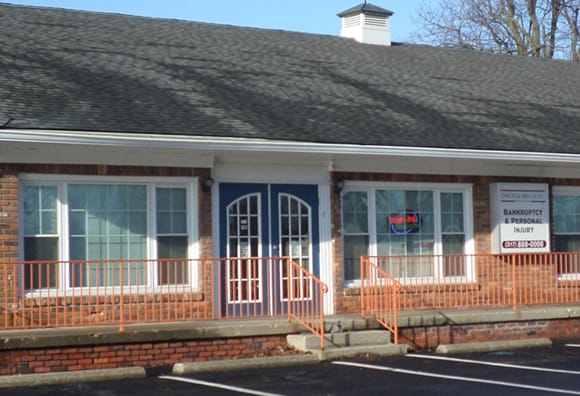There are many unexpected situations that arise for people in Indiana. Many people live their lives based on their current circumstances. They make their financial choices based on their current financial situation. However, there are times when that financial situation can change due to an unexpected event.
People may lose a job unexpectedly. They may suffer an injury or illness that requires extensive medical treatment or have other unexpected events arise. When these occur, people can find themselves taking on debt as they attempt to move on with their lives. Eventually, the debt may become overwhelming.
People may be able to rid themselves of this debt. If they are still working, Chapter 13 bankruptcy may be a way for them to do it and even keep a lot of their property. However, through Chapter 13 bankruptcy, debt is not automatically discharged. Instead, people consolidate their debt and enter into a payment plan.
How debts are paid in a payment plan
When people develop their payment plans, the debts are put into three different categories. The first one is priority debts, which must be paid off by the end of the payment plan. These include child support arrears, taxes and other debts.
The next category of debts are secured debts. These are debts that are tied to a specific piece of property. They include mortgages, car loans and others. The value of the collateral generally needs to be paid off, but interest may need to be paid as well.
The third category is unsecured debt. These are credit card debt, medical debt and other personal loans not tied to what they purchased with the loan. These will be paid off in part, but if they are not paid off by the end of the plan, they may be discharged.
If people in Indiana are in a position to make monthly payments, which are generally lower than their current monthly payments, Chapter 13 bankruptcy can be a good option. People need to know the process though to ensure that it is their best option given their particular circumstances.


